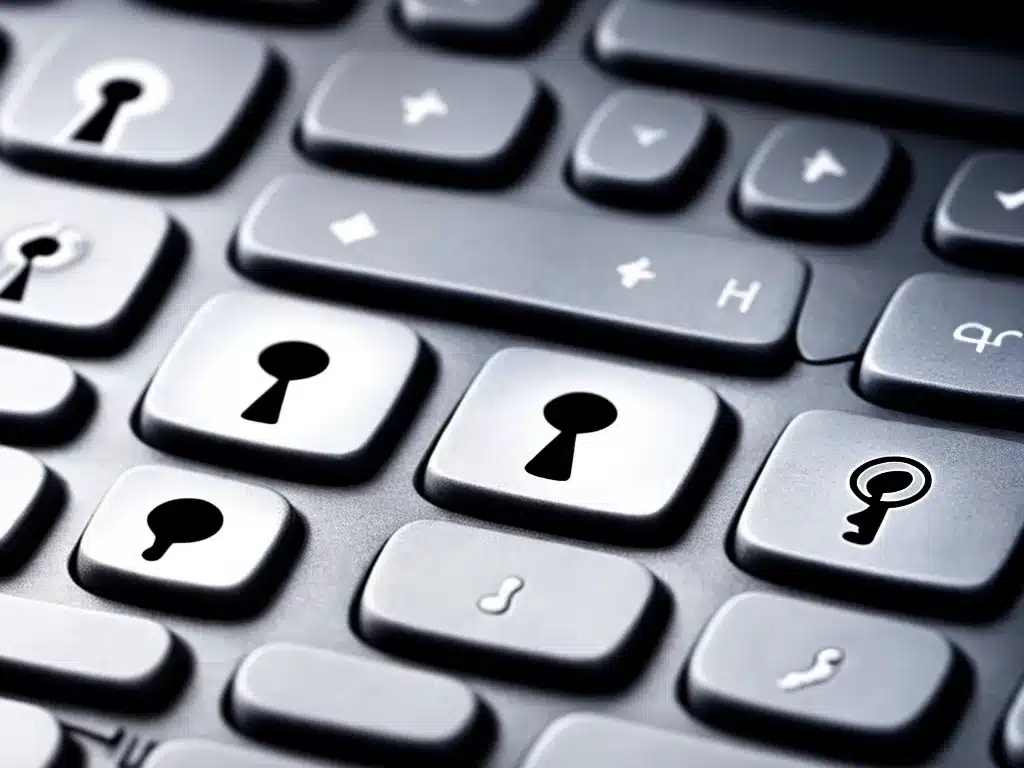
As our digital lives become more complex, so too does the need for secure and convenient authentication. Passwords have been the dominant form of authentication for decades, but their limitations have led to increased interest in passwordless solutions. In this article, I explore whether passwords could soon become obsolete as passwordless authentication gains traction.
The Problem with Passwords
Passwords have been the standard for authentication since the early days of computing. However, they come with some significant drawbacks:
-
Poor security: Most users create easy-to-guess passwords or reuse the same passwords across accounts. This makes them vulnerable to hacking through brute force, phishing, or data breaches.
-
Inconvenience: Having to remember and type complex passwords for every account creates friction for users. This often leads to password fatigue and workarounds like reusing passwords or writing them down.
-
Cost: Resetting forgotten passwords is a major cost for help desks. And data breaches related to poor passwords result in high financial and reputational damages for businesses.
The Rise of Passwordless Authentication
To overcome the weaknesses of passwords, there has been significant interest in passwordless authentication in recent years. The main passwordless approaches are:
Biometrics
Using fingerprint, face, iris or voice biometrics for authentication removes the need for passwords. Biometric authentication is already widely used on smartphones. But breaches are still possible if biometric data is compromised.
Push Notifications
Here, users log in with a single tap on a push notification sent to their device. This improves convenience while maintaining security. Companies like Microsoft, Google and Apple already use push notifications for authentication.
Security Keys
Physical security keys (like YubiKey) or those built into devices allow passwordless logins when tapped or inserted. As long as the keys remain with the user, this is a very secure method. However, it can be less convenient than other passwordless approaches.
Single Sign-On (SSO)
SSO services like Login with Google or Sign in with Apple allow passwordless access to apps and websites by authenticating through an identity provider. But they put a lot of power in the hands of large providers.
Evaluating Passwordless Authentication Solutions
When evaluating passwordless authentication solutions, some key criteria to consider are:
-
User Convenience: How much friction does it add for the user compared to passwords? Biometrics and push notifications tend to provide better convenience.
-
Security Level: Is it resilient against common attacks like phishing, man-in-the-middle attacks, data breaches etc? Physical security keys offer the highest protection overall.
-
Cost: What is the implementation and maintenance cost? SSO tends to be cheaper than some hardware-based solutions like security keys.
-
User Privacy: Does it allow preserving user privacy without giving up too much data to third parties? Solutions like biometrics and push notifications keep data on user devices.
No single passwordless approach checks all boxes perfectly. The ideal solution likely combines multiple approaches like push notifications with biometrics for optimal security, privacy and convenience.
The Road Ahead for Passwordless Authentication
Passwords still dominate today, but rapid advances in passwordless authentication make their demise seem imminent. Nearly 60% of consumers would prefer passwordless login according to one survey. Here are some predictions for the future:
-
Biometric authentication will become ubiquitous, backed both by smartphones and wearables. Face unlock on payment apps could become commonplace.
-
Most major platforms will expand passwordless options, including FIDO standards-based security keys. Adoption is steadily growing, but will take time.
-
Enterprises will implement passwordless authentication methods, first for low sensitivity use cases, before expanding it more broadly.
-
Legislation may eventually mandate more secure authentication to protect user privacy and security. This could accelerate passwordless adoption.
-
Passwords will persist in legacy systems and low security use cases for sometime. But their usage will dramatically decline within 5-10 years.
While the passwordless future is coming, the transition will take time. Organizations need to actively evaluate passwordless technologies today based on their security needs, cost, and user experience requirements, in order to keep up with the pace of change. But soon passwords could join floppy disks, dial up modems and palm pilots as relics of the early computing era.












